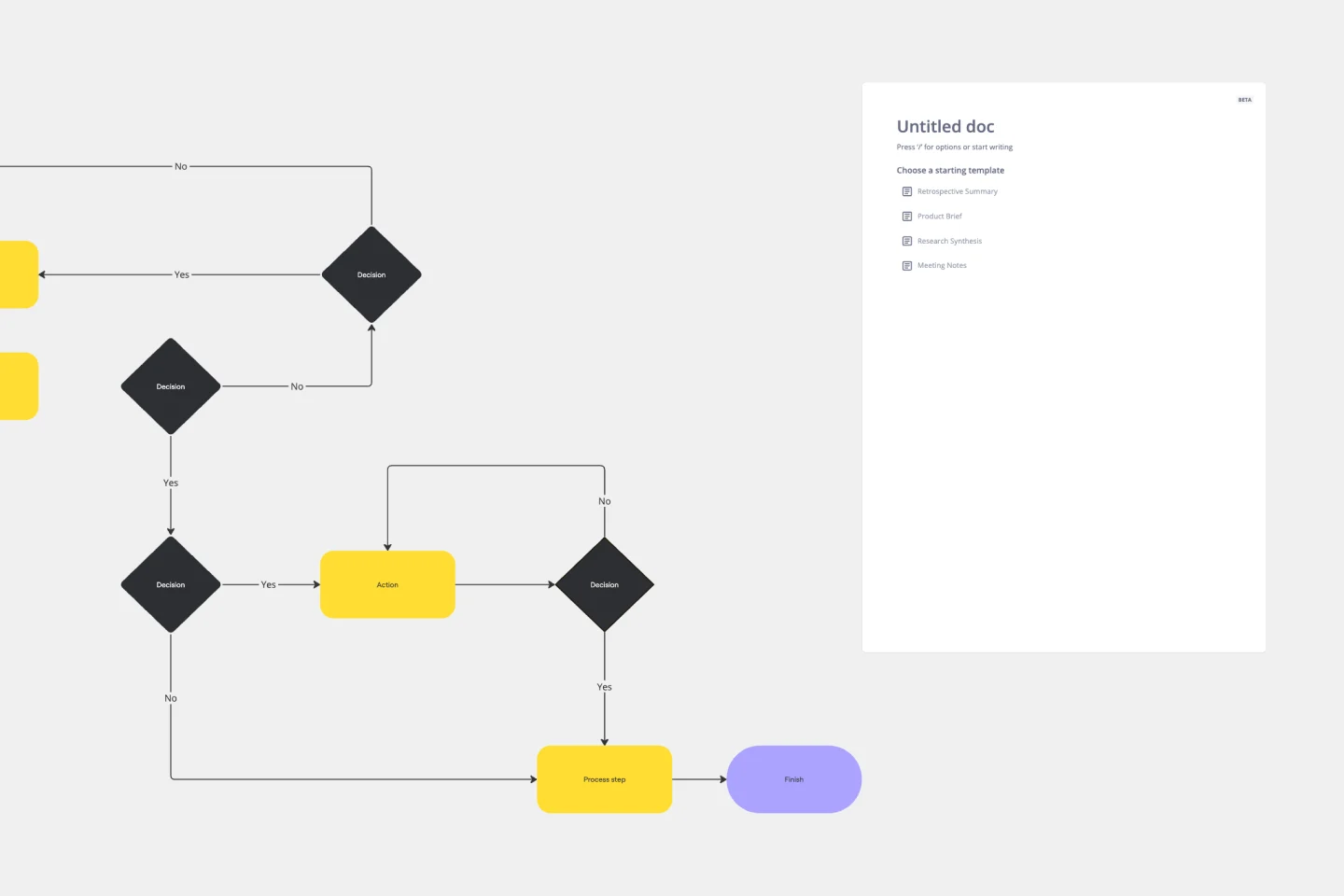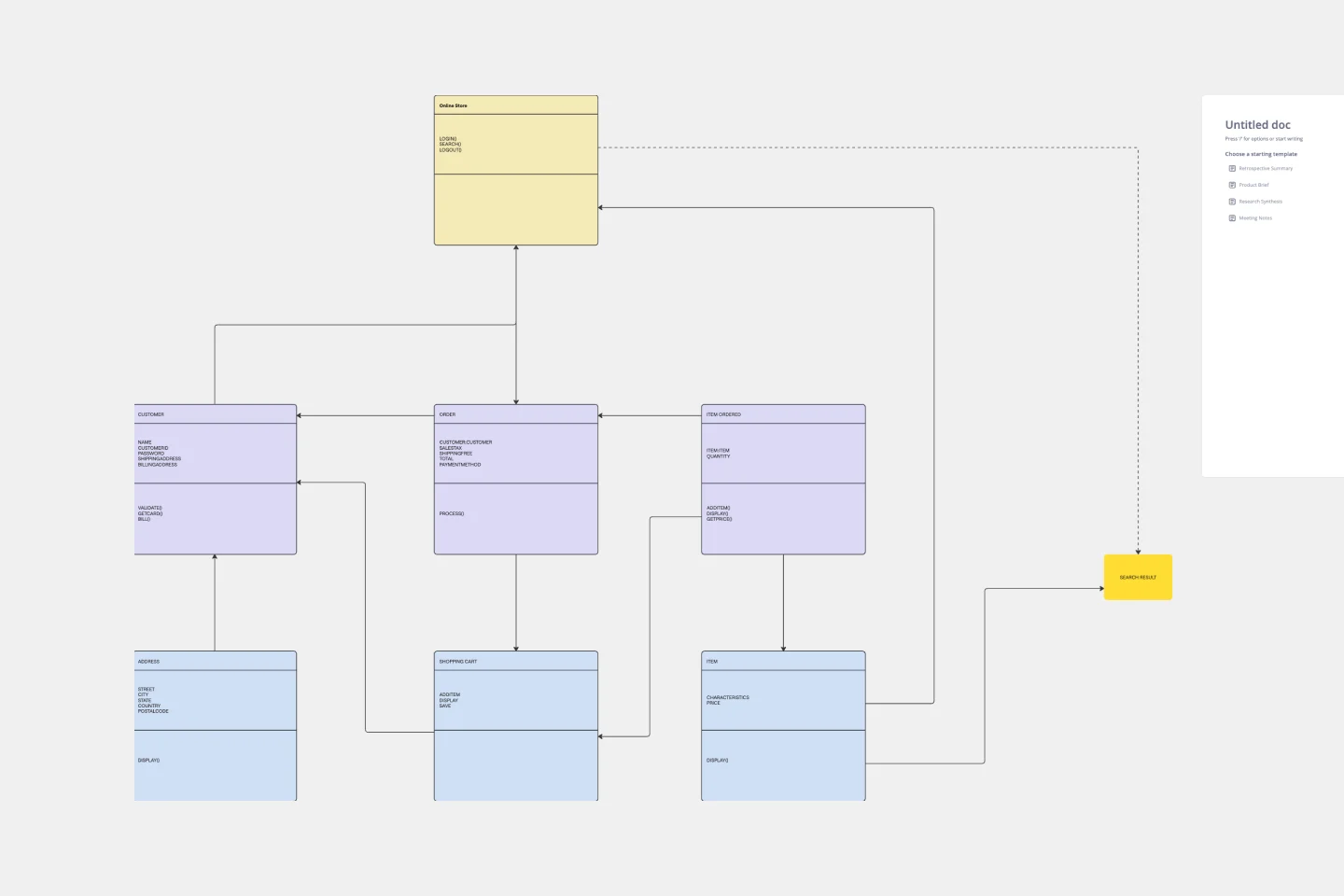About the Turtle Diagram Template
The Turtle Diagram Template is a valuable asset for visualizing processes in a structured and clear format. It's designed to study and organize the various components of a process into distinct, easy-to-understand parts, mirroring the anatomy of a turtle to help in visualization and analysis. Here's a breakdown of each section of the template:
With What: This section explores the tools, materials, and resources needed to complete the process. It's where the necessary equipment or software is identified.
With Whom: Identifies the personnel or roles responsible for executing the process. It could include specific teams, departments, or external partners.
Inputs: Lists the elements required to start the process. These catalysts drive the process forward, such as raw data, materials, or initial requests.
Outputs: Describes the end results or products that emerge from the process. These are the deliverables or outcomes that are expected once the process is complete.
Measures: Outlines the metrics or KPIs used to evaluate the success of the process. It includes the standards and criteria that the outputs are measured against.
How: Explains the methodologies, procedures, and instructions involved in the process. This section provides a step-by-step narrative of how the process is executed, including any methods or best practices that are followed.
By breaking down the process into these key components, the Turtle Diagram Template offers an in-depth understanding of how a process is built and how it should operate, paving the way for more efficient process management and continuous improvement.
How to use the turtle diagram template in Miro
To use the Turtle Diagram Template effectively:
Customize each section: Input data specific to your process into various template sections by double-clicking the text boxes.
Edit effortlessly: Change the diagram through intuitive drag-and-drop features, allowing seamless adjustments to suit your process depth.
Expand and connect: Use automated diagramming capabilities to expand your template and for a more detailed process network.
Enrich with artifacts: Drag and drop various artifacts onto your board, such as images and documents, for a richer contextual understanding of the process.
Why should you use a turtle diagram template?
Clarified process understanding: Breaks down complex processes into manageable parts for better clarity.
Enhanced communication: Simplifies the conveyance of process intricacies across teams and stakeholders.
Effective training resource: Acts as an educational tool for training new employees on existing processes.
Continuous improvement: Identifies areas for improvement by highlighting inefficiencies or bottlenecks within a process.
Compliance and documentation: Aids in meeting quality standards and regulatory requirements by providing clear documentation of processes.
If you prefer to start from scratch, Miro's diagram maker is easy to use and comes with a wide range of diagramming shapes in Miro's extensive library, so you'll find just what you need.
Turtle Diagram Template FAQs
Can the turtle diagram template handle multiple processes at once?
While it's designed to map out individual processes for clarity, users can link multiple turtle diagrams to represent larger, interconnected systems.
Is previous knowledge required to use the Turtle Diagram Template?
No previous knowledge is necessary. The template is designed for ease of use, allowing anyone with a basic understanding of their process to begin mapping immediately.
How detailed can the input and output sections of the diagram be?
The input and output sections can be as detailed as required. Users have the flexibility to expand these sections to include all relevant details, ensuring a comprehensive process overview.
Are turtle diagram templates suitable for any industry?
Yes, these templates are versatile and can be adapted to suit the needs of any industry that benefits from detailed process analysis and quality management.

Miro
The AI Innovation Workspace
Miro brings teams and AI together to plan, co-create, and build the next big thing, faster. Miro empowers 100M+ users to flow from early discovery through final delivery on a shared, AI-first canvas. By embedding AI where teamwork happens, Miro breaks down silos, improves alignment, and accelerates innovation. With the canvas as the prompt, Miro’s AI capabilities keep teams in the flow of work, scale shifts in ways of working, and, ultimately, drive organization-wide transformation
Categories
Similar templates
Production Flowchart Template

Production Flowchart Template
The Production Flowchart Template is a well-crafted tool that clearly represents a production process from start to finish. It breaks down complex procedures into easy-to-understand segments, making it easier for stakeholders to grasp the entire process. One of the key benefits of using this template is that it helps to clarify complex production pathways. By mapping out operations visually, teams can identify potential bottlenecks or inefficiencies, facilitating timely and well-informed decision-making.
Workflow Diagram Template

Workflow Diagram Template
The Workflow Diagram Template maps out and represents processes or systems using standardized symbols and shapes. By delineating the various steps or stages in a process, it ensures that tasks flow seamlessly from initiation to completion. One of the standout benefits of using this template is its clarity. By translating processes into a visual format, all participants can gain a comprehensive understanding at a glance, eliminating confusion and ensuring everyone is on the same page. This clarity not only promotes efficient task execution but also fosters collaboration among team members.
UML Diagram Template

UML Diagram Template
Originally used as a modeling language in software engineering, UML has become a popular approach to application structures and documenting software. UML stands for Unified Modeling Language, and you can use it to model business processes and workflows. Like flowcharts, UML diagrams can provide your organization with a standardized method of mapping out step-by-step processes. They allow your team to easily view the relationships between systems and tasks. UML diagrams are an effective tool that can help you bring new employees up to speed, create documentation, organize your workplace and team, and streamline your projects.
Website Flowchart Template

Website Flowchart Template
A website flowchart, also known as a sitemap, maps out the structure and complexity of any current or future website. The flowchart can also help your team identify knowledge gaps for future content. When you’re building a website, you want to ensure that each piece of content gives users accurate research results based on keywords associated with your web content. Product, UX, and content teams can use flowcharts or sitemaps to understand everything contained in a website, and plan to add or restructure content to improve a website’s user experience.
Production Flowchart Template

Production Flowchart Template
The Production Flowchart Template is a well-crafted tool that clearly represents a production process from start to finish. It breaks down complex procedures into easy-to-understand segments, making it easier for stakeholders to grasp the entire process. One of the key benefits of using this template is that it helps to clarify complex production pathways. By mapping out operations visually, teams can identify potential bottlenecks or inefficiencies, facilitating timely and well-informed decision-making.
Workflow Diagram Template

Workflow Diagram Template
The Workflow Diagram Template maps out and represents processes or systems using standardized symbols and shapes. By delineating the various steps or stages in a process, it ensures that tasks flow seamlessly from initiation to completion. One of the standout benefits of using this template is its clarity. By translating processes into a visual format, all participants can gain a comprehensive understanding at a glance, eliminating confusion and ensuring everyone is on the same page. This clarity not only promotes efficient task execution but also fosters collaboration among team members.
UML Diagram Template

UML Diagram Template
Originally used as a modeling language in software engineering, UML has become a popular approach to application structures and documenting software. UML stands for Unified Modeling Language, and you can use it to model business processes and workflows. Like flowcharts, UML diagrams can provide your organization with a standardized method of mapping out step-by-step processes. They allow your team to easily view the relationships between systems and tasks. UML diagrams are an effective tool that can help you bring new employees up to speed, create documentation, organize your workplace and team, and streamline your projects.
Website Flowchart Template

Website Flowchart Template
A website flowchart, also known as a sitemap, maps out the structure and complexity of any current or future website. The flowchart can also help your team identify knowledge gaps for future content. When you’re building a website, you want to ensure that each piece of content gives users accurate research results based on keywords associated with your web content. Product, UX, and content teams can use flowcharts or sitemaps to understand everything contained in a website, and plan to add or restructure content to improve a website’s user experience.